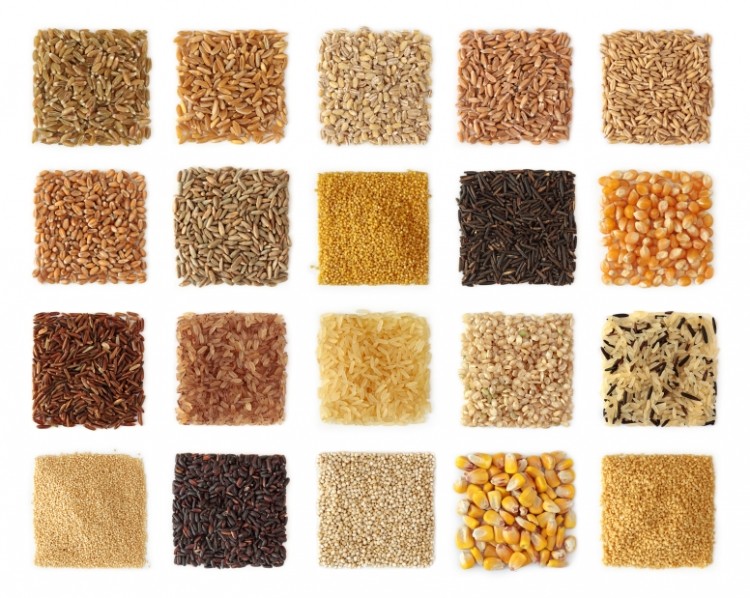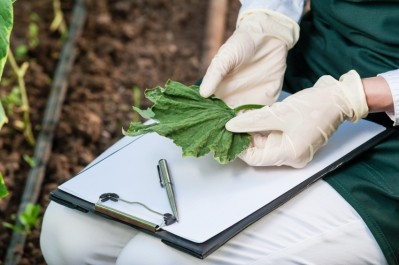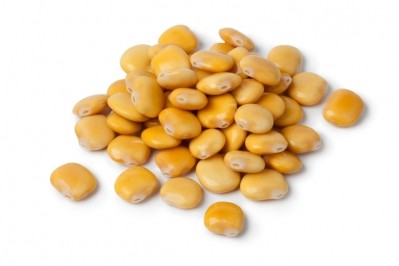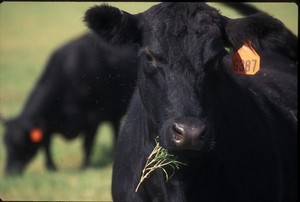Rapeseed cake in ruminant diets could cut methane emissions

Rapeseed cake, also known as ‘oil cake’, is a by-product obtained after pressing the plant to extract its oil.
The Spain based-researchers found the incorporation of this oilseed plant into animal food cuts methane emissions by between 6% and 13% and carbon dioxide emissions by between 6.8% and 13.6%.
Its use in the feed of ruminants also improves efficiency of digestible organic matter by between 4.4% and 10.1%, they found.
The livestock sector is under particular pressure to assess, improve and communicate on its environmental performance, while coping with the increasing demand for animal products.
And there is a need, as such, for practical solutions to improve the environmental performance of the sector.
The research looking at the use of rapeseed in livestock diets was carried out by Basque Institute for Agricultural Research and Development, Neiker-Tecnalia, within the framework of the €1 million backed Life-Seed Capital project.
The project team's goal is to present and demonstrate ways of saving energy and reducing emissions of greenhouse gases in agrarian systems based on 100% exploitation of oilseed.
Easily digested feed
“As this process is performed by cold pressing, the resulting cake is rich in fat, and fats have been shown to depress enteric methane production,” said the project coordinators.
Aser Garcia, the lead research on the rapeseed project told FeedNavigator.com the team found that “increasing levels of cold-pressed rapeseed cakes reduced the volatile fatty acid (VFA) production to digestible organic matter ratio which means that more of the organic matter is either used for microbial biomass production or could be readily digested in the gastrointestinal lower tract rather than being fermented.”
The preliminary results of the study, he said, were generated by means of in vitro methodologies.
“We are currently implementing the formulations we worked with in vitro in production trials with dairy cows and ewes,” said Garcia.
The project, set to finish in September 2016, is aiming to deliver at least 50 experimental recipes for ruminant feed containing cold-pressed rapeseed cake.
Rapeseed also offers advantages as a rotation crop, added the researchers, as it is capable of increasing cereal productivity and improving soil structure.
Garcia said the interim findings based on the use of the in vitro methods will be presented at the Livestock, Climate Change and Food Safety conference in Madrid in May, which is being chaired by the French national institute for agricultural research, INRA.
Pesticide free feed crops
We recently reported on another EU-funded agrarian orientated sustainability project looking to accelerate the production of grain legumes in Europe for food and feed.
Grain legumes such as pea and faba beans represent less than 2% of cultivated arable land in Europe and the four year Legato study aims to identify the factors currently limiting the growing of these crops.
“Our ultimate goal is to identify and test new, robust legume breeding lines that are disease and pest resistant and require little pesticide input,” said Richard Thompson, senior researcher at INRA.
He told this publication that the principal grain legumes grown in Europe – the pea and faba bean - have non-GM practically stamped all over them.
“It is virtually impossible to genetically modify faba beans and extremely challenging also in terms of peas with no known GM variants available commercially.”
“Furthermore, these pulses are allergen-free, contribute nitrogen to subsequent crops in rotations such as oilseed rape, and they also add biodiversity and durability to cropping systems,” said Thompson, who is one of the Legato project leaders.
He added that while peas and faba beans are mainly used for poultry feed, they are also suitable in compound feeds for swine with limited evaluation of their use in dairy cow feed.











